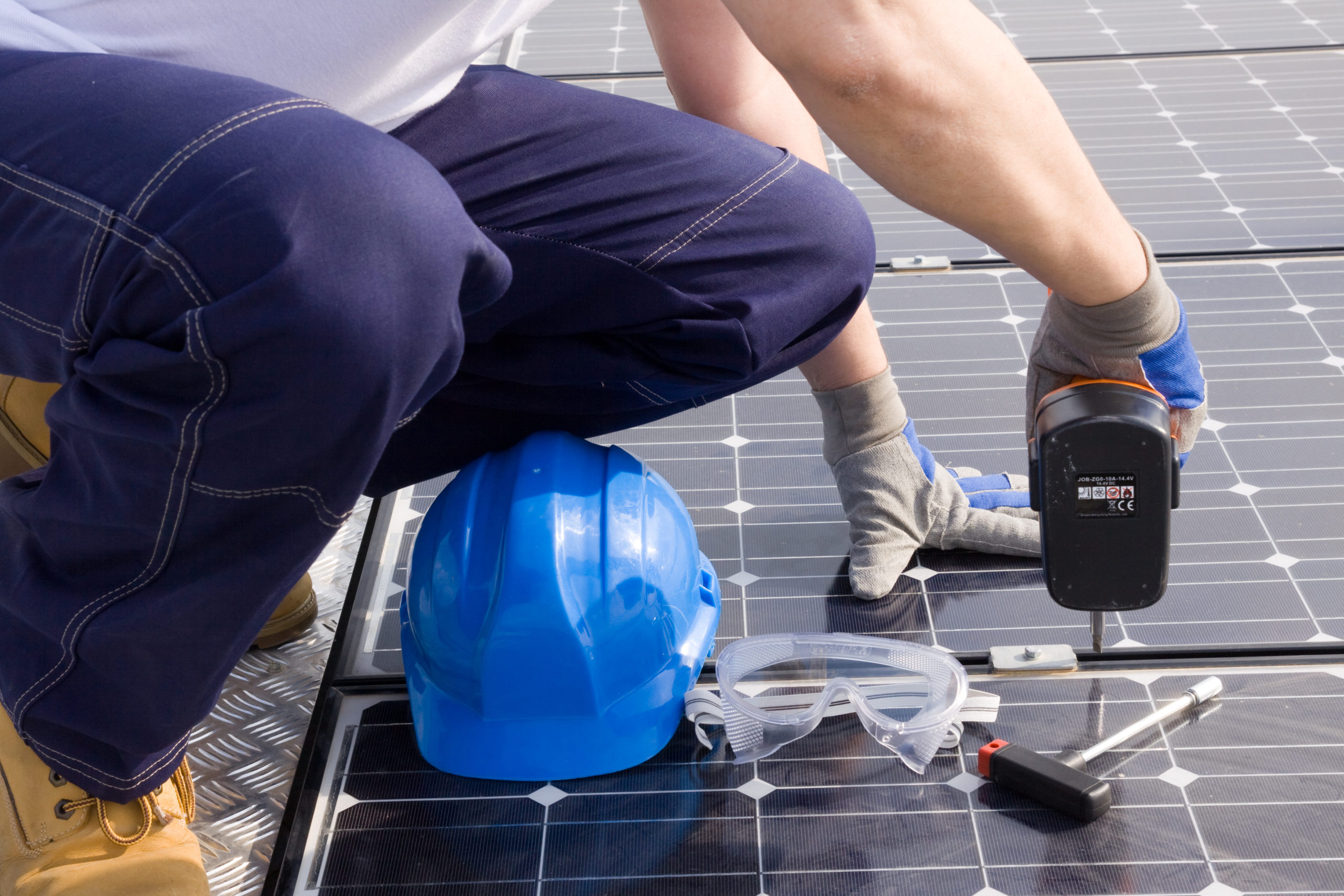You’ve probably been thinking about solar energy, but dismissed it as being too expensive or complicated. The truth is, installing solar panels is not necessarily more complicated than other home improvement projects you may have done. This guide gives you the basic information to help get your dream of a solar-powered home underway.
Step 1: Know Your Power Needs
In order to know how many panels to buy, you need to know your power needs. An easy way to do this is to look at your utility bills to see how many kilowatt hours your house uses each month. For example, most houses average around 900 kWh per month, but this could vary quite a bit for each individual. The next step is to determine how many hours of sunlight your house will get. You could find this information for your location by using an online tool such as this.
Finally, in order to determine the number of panels you need to buy, take your average daily kilowatt hours and divide by your average daily peak sun hours. For example, if you use 30kWh per day and you have five hours of peak sunlight per day, then you need 6kW worth of solar panels.
Step 2: Choose Panels
The two most common types of panels are Crystalline and thin-film. Most people choose Crystalline panels because they’re efficient and durable. Thin film panels are less complicated to install, but they cost more and don’t last as long. However, with thin film panels, you don’t need an expensive rack system.
Step 3: Racking And Location
If you’re installing a rack for crystalline panels, you need to figure out the best part of your property to mount the panels. The roof usually offers the most sunlight, and it doesn’t take up space in the yard. When orienting the panels on the roof, they should point toward Earth’s equator. Also, make sure the neighborhood allows solar panels before starting the installation. If you don’t feel up to working on the roof, you could also opt for ground installation.
Step 4: Pick An Inverter
Make sure you get a grid-tie inverter if you want to tie into the public system. If you buy a micro inverter it can help alleviate problems of individual panels that are not getting enough sunlight.
Step 5: Net Meter And Battery
For a solar array, you need a special net meter that can spin backwards when you add power to the grid. Your power company should provide one for free. A battery backup is an extra option, but they’re very useful in the case of a blackout, and you’ll need one for an off-grid system.
There has never been a better time to switch your home over to solar power. Costs of solar panels are dropping rapidly, and government financing incentives make the project affordable for most people. Not only will you have bragging rights of being the only house on your block with solar power, but it will save you a lot on energy bills.







